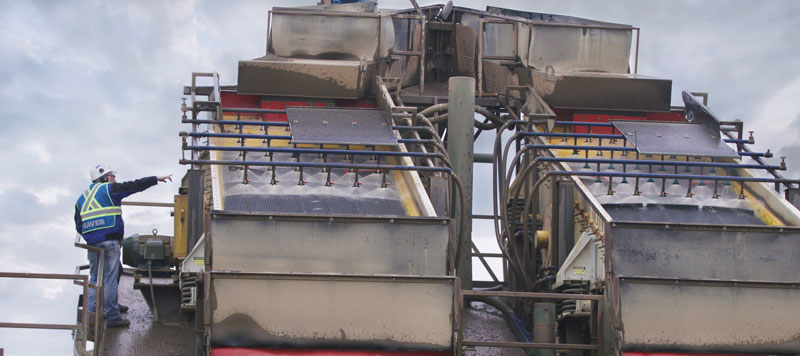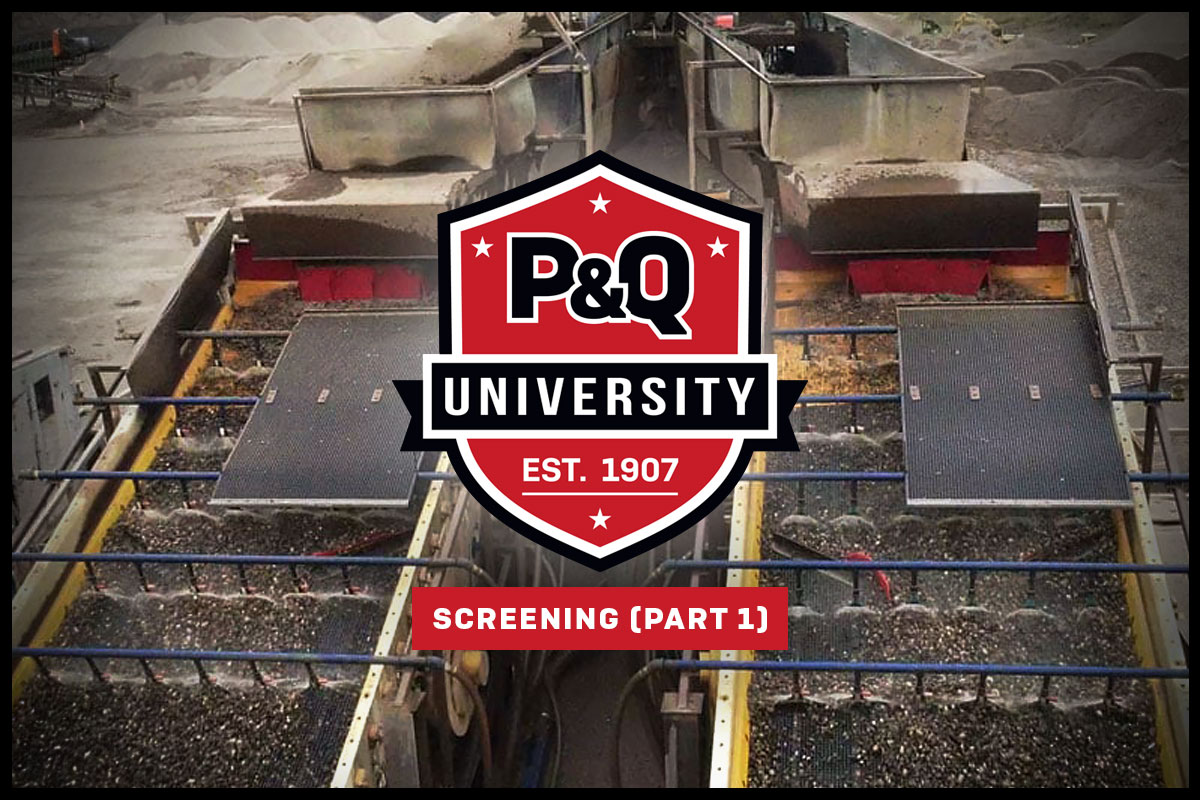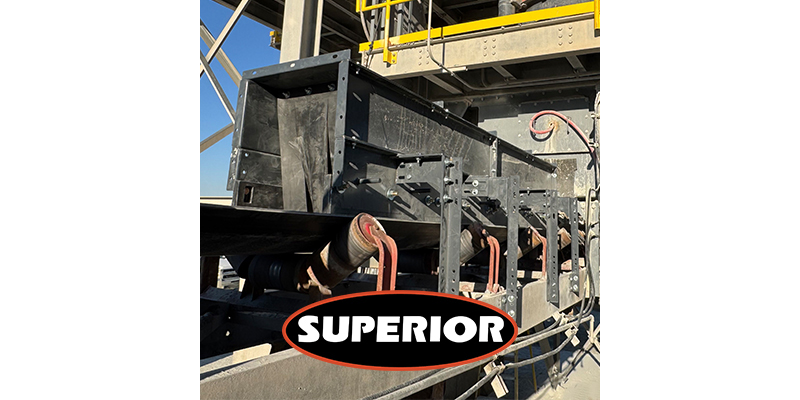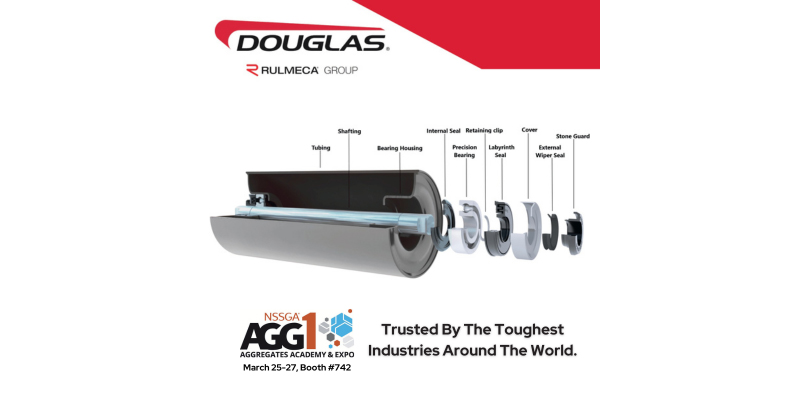Editor’s note: The following is a selected portion from the upcoming 2025 Edition of the Pit & Quarry University Handbook. The full handbook is slated for release this November, at which time additional content will also be published online. Be sure to check back for more content as it’s made available!
Related: Screening (Part 2) | P&Q University Handbook
Making sure equipment is running efficiently is a top priority, but it’s also important to evaluate screen media to ensure you’re using the best tools for the job. Consider the types of materials going through your vibrating screen. Factors such as material size, weight and abrasiveness all come into play during the selection process.
Here are four things to keep in mind.
Considerations for screen media
1. Operational requirements. Consider the types of materials going through the vibrating screen. Factors such as material size, weight and abrasiveness all come into play during the selection process.
Materials with top sizes as large as 10 in. require more durable screen media to handle heavy impact. Abrasive material, such as granite, typically requires screen media with higher wearability, whereas higher open area plays a larger factor for softer material, such as limestone.
2. Phases of screening. Next, look at your screen deck, as there are three phases material goes through in the screening process – from layered to basic to sharp.
Equipping the screen deck with a single type of media overlooks the fact that each of these phases has different needs. By recognizing and analyzing each phase, you can customize your vibrating screen’s deck with various types of screen media for the best combination of wear life and open area.

3. Screening costs. Using the wrong screen media can lead to increased maintenance costs and downtime, so start by looking in the boneyard at the discarded screen media.
Problem areas such as broken wires, wear areas, pegging or blinding are often a sign of carryover or contamination, resulting in unwanted material in the screened material pile, as well as the added cost of rescreening.
4. Screen media selection. Engineered screen media used alone or blended with other options such as woven wire cloth or self-cleaning screens can provide the ultimate combination of wear life and open area.
Polyurethane screen media offers extended wear life. The polyurethane is poured open cast, offering up to two times the wear life of injection-molded screen media. It is often ideal for handling impact at the feed end during the layered phase of screening.
Hybrid screens are an option that combines woven wire with polyurethane to provide a higher open area than polyurethane while extending wear life four to seven times beyond woven wire. This is often a good solution on that difficult-to-access second deck.
When screening large top sizes, look for rubber screen media. Rubber screen media is ideal for handling top sizes larger than 12 in., or for an application requiring an opening larger than 4 in.
To find the best tools for the job, screen media selection is a factor that should not be overlooked.
Some of the top items for operations to keep in mind are operational requirements, phases of screening and screening costs. Additionally, operations should consider working with an OEM to thoroughly evaluate their site and ensure they are equipped with the right screen media for their application.
Steve Fair is the engineered media manager at Haver & Boecker Niagara.
More from the P&Q University Handbook: Crushing & Hydraulic Breaking | P&Q University Handbook
PROMOTED PARTNERS



&uuid=(email))
&uuid=(email))










